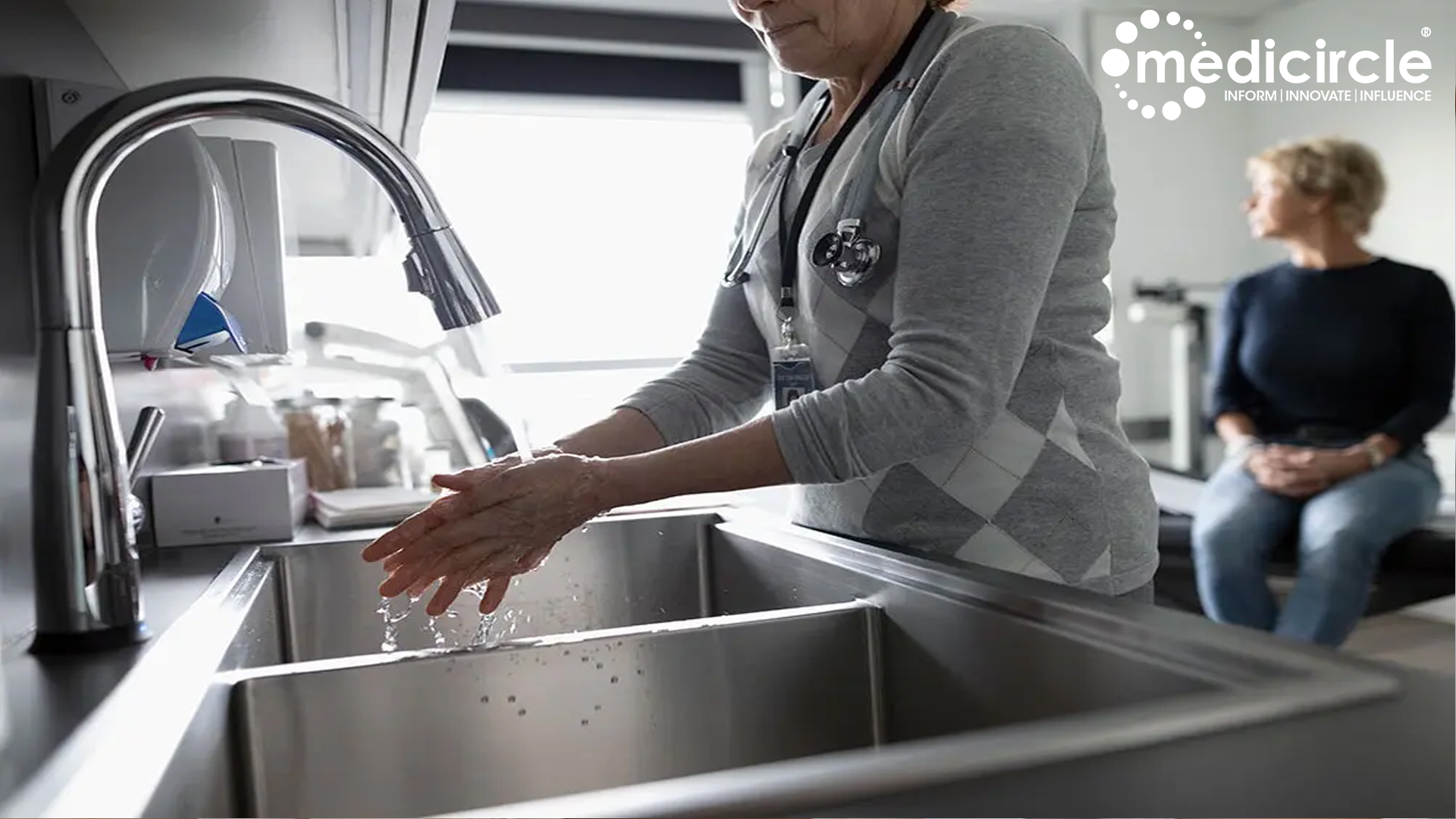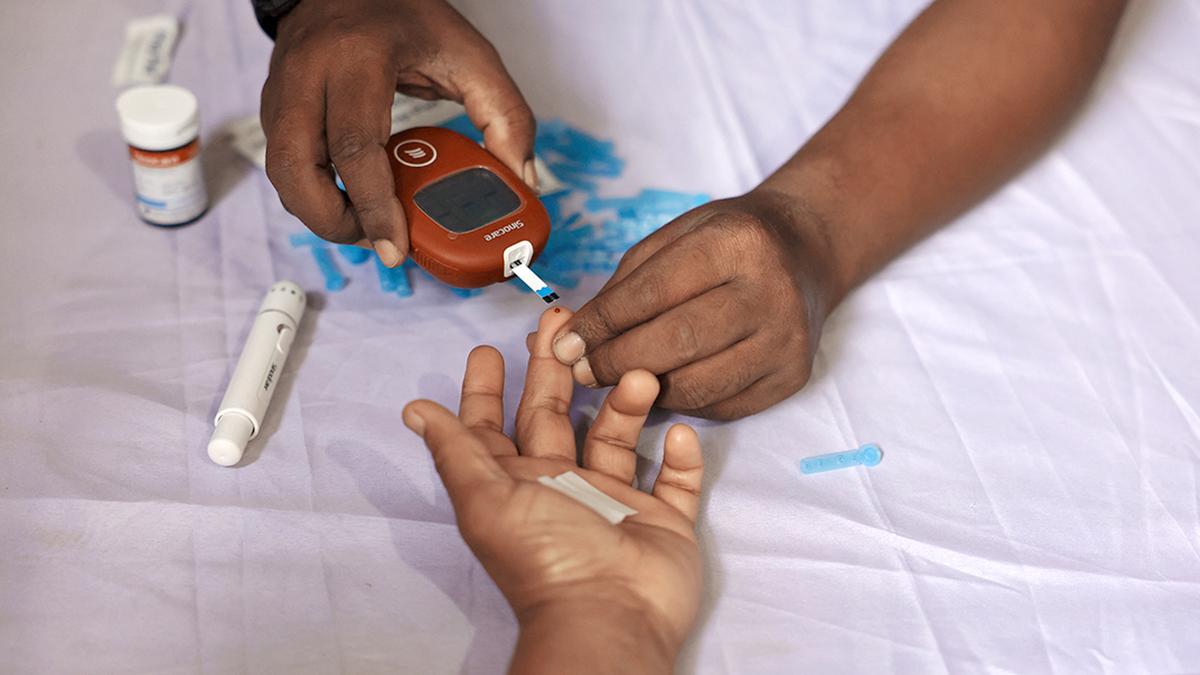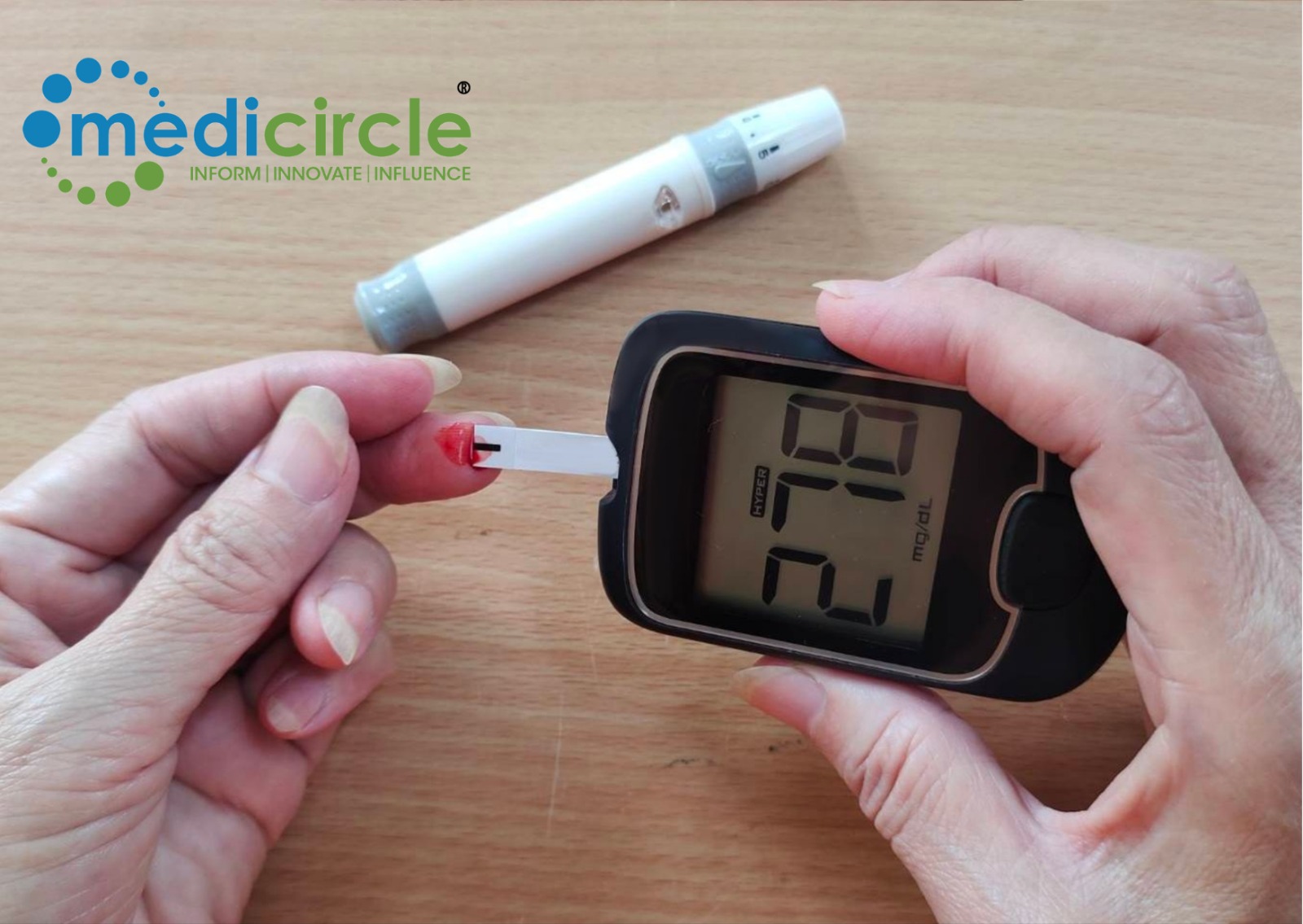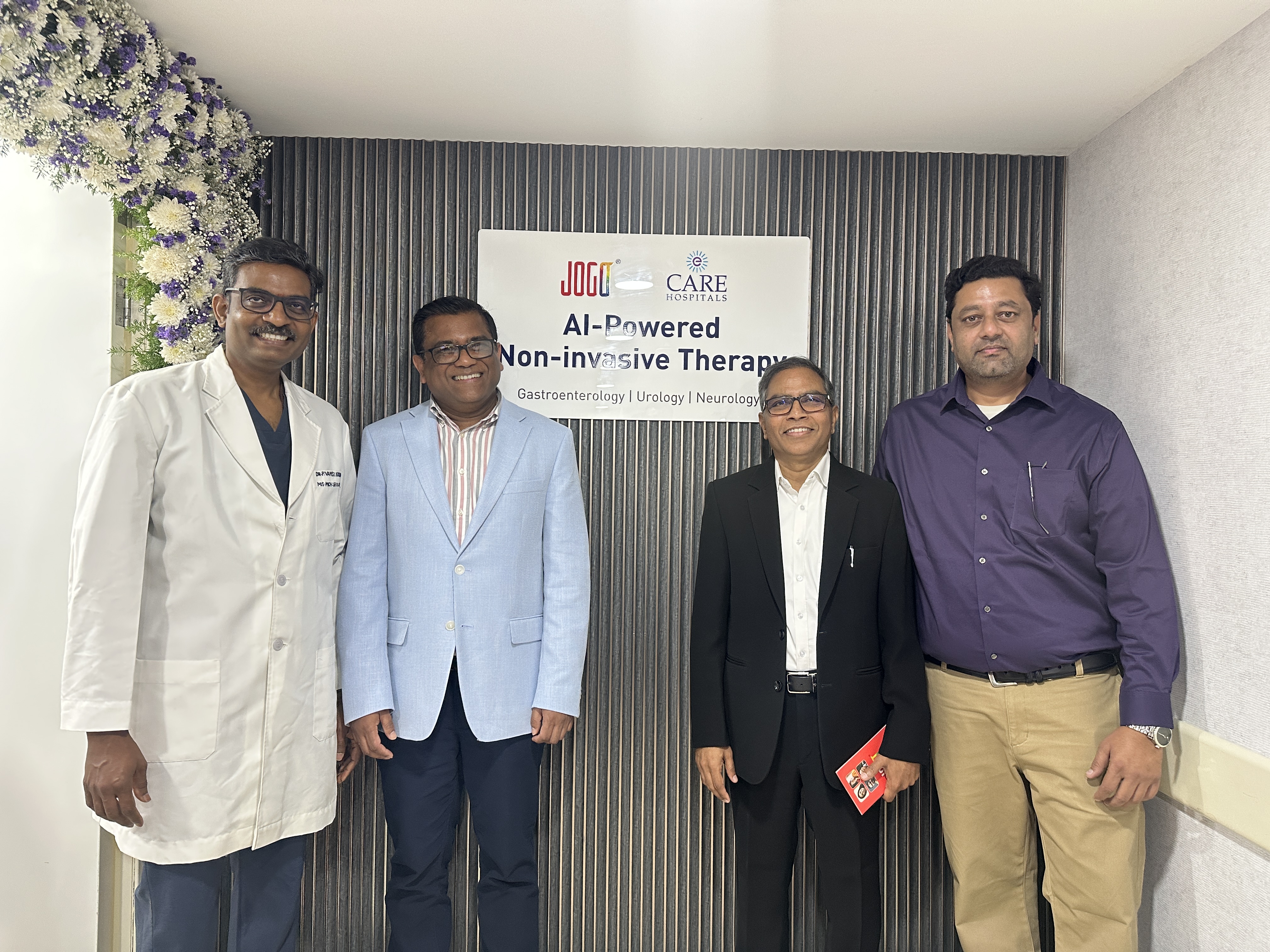A recent case study from a hospital in Tokyo sheds light on the concerning issue of multidrug-resistant bacteria thriving in hospital sinks, posing a significant challenge for infection control efforts. Researchers detailed their findings in the American Journal of Infection Control (AJIC), highlighting the need for comprehensive strategies to combat antibiotic resistance.
Understanding Carbapenemase-producing Enterobacterales (CPE): Carbapenemase-producing Enterobacterales (CPE) are bacteria armed with enzymes known as carbapenemases, rendering them resistant to carbapenem antibiotics—a vital class of antibiotics effective against a wide range of bacterial infections. Common pathogens like Escherichia coli and Klebsiella pneumoniae belong to the Enterobacterales order and become highly resistant when they produce carbapenemases. CPE infections pose a grave threat to public health due to their resistance to standard antibiotics, leading to severe illnesses and high mortality rates.
Breeding Grounds for CPE: The case study focused on a months-long outbreak of CPE in a paediatric ward at the Toho University Omori Medical Centre in Tokyo in 2017. Despite efforts to replace all sinks in the ward, the outbreak persisted, highlighting the challenges in combating CPE contamination. Hospital sinks have been identified as high-risk areas for CPE transmission, contributing to the escalation of the outbreak. Outbreak Investigation and Control Measures: The outbreak began with a single patient in June 2016 and rapidly spread, affecting 19 paediatric patients by October 2017. Nine sinks were found to be contaminated with CPE, particularly in rooms where CPE-positive patients received treatment. Genome analysis identified various bacterial strains involved in the outbreak. Despite thorough disinfection efforts using hydrogen peroxide and sink replacements, CPE contamination persisted, indicating possible transmission between sinks via plumbing systems. In response, the hospital’s infection prevention team implemented stringent control measures, including hand disinfection after sink use and the use of disposable tools for sink cleaning.
Holistic Approach to Infection Prevention: Dr Sadako Yoshizawa, Associate Professor at Toho University School of Medicine, emphasized the critical role of sinks and water-related areas in hospital wards in CPE transmission. The study showcas the importance of a holistic approach to infection prevention, focusing not only on sink contamination but also on comprehensive strategies to mitigate antibiotic resistance.
Lessons Learned and Future Directions: Tania Bubb, president of the Association for Professionals in Infection Control and Epidemiology, highlighted the importance of implementing a bundle of core infection control processes, including hand hygiene and sink disinfection protocols. The study’s findings emphasize the need for ongoing vigilance and collaboration to address antibiotic resistance effectively.
In conclusion, the case study from Tokyo’s hospital underscores the urgent need for robust infection control measures to combat the spread of multidrug-resistant bacteria like CPE. By focusing on sink contamination and implementing comprehensive prevention strategies, healthcare facilities can mitigate the threat posed by antibiotic-resistant organisms and safeguard public health.

 The outbreak began with a single patient in June 2016 and rapidly spread, affecting 19 paediatric patients by October 2017. Nine sinks were found to be contaminated with CPE, particularly in rooms where CPE-positive patients received treatment.
The outbreak began with a single patient in June 2016 and rapidly spread, affecting 19 paediatric patients by October 2017. Nine sinks were found to be contaminated with CPE, particularly in rooms where CPE-positive patients received treatment.














.jpg)





.jpeg)

.jpeg)










.jpg)




.jpg)

